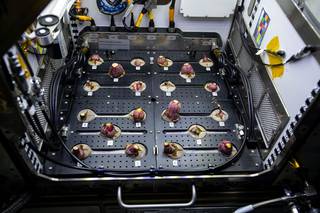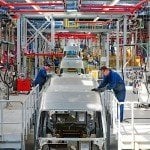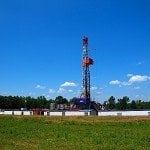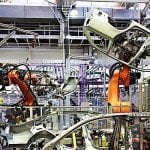
On November 30, 2020, an astronaut by the name of Kate Rubins successfully harvested the first group of “space radishes” in human history. Rubins picked 20 radishes that were grown in the Advanced Plant Habitat in the International Space Station. She collected and wrapped the radishes in foil for cold storage for the return back to Earth. The return trip will occur in 2021.
This was all part of a NASA experiment by the name of Plant Habitat-02, or PH-02, and it marks the first time that NASA has ever grown radishes in the orbiting laboratory. Radishes were chosen specifically because they reach maturity within 27 days, and they are also well understood by scientists in general. Radishes are edible and nutritious, as well.
Why Choose Radishes?
As mentioned above, radishes do not long to reach maturity, less than a month, which was one of the main factors in NASA choosing it for the plant experiment. The study’s principal investigator is Karl Hasenstein, who is a professor at the University of Louisiana at Lafayette. Hasenstein has conducted plant experiments with NASA since 1995.
Radishes are the latest type of fresh produce that has been cultivated in zero-gravity conditions. Other produce that has been cultivated in outer space include romaine lettuce, Chinese cabbage, lentils, and more. In total, fifteen types of plants have been grown on the station, and eight of these plants have been “leafy greens.”
NASA uploaded a 10-second time-lapse of the entire process on their YouTube channel, which you can watch here. The ultimate goal of the experiment is to learn more about how to figure out the best way to produce quality plants in space. NASA began experiments using their Vegetable Productions Systems “growth chambers” in 2014.
Experiment Insights
 Hasenstein also points out that radishes can provide additional insight thanks to its “sensitive bulb formation.” The radishes required very little maintenance from the crew, and there will be comparisons made between the space-grown radishes and radishes grown on Earth. The radish experiment will be repeated in future NASA missions. These experiments also shed light on how the nutrients in plants degrade over time.
Hasenstein also points out that radishes can provide additional insight thanks to its “sensitive bulb formation.” The radishes required very little maintenance from the crew, and there will be comparisons made between the space-grown radishes and radishes grown on Earth. The radish experiment will be repeated in future NASA missions. These experiments also shed light on how the nutrients in plants degrade over time.
This experiment was also different in that it didn’t utilize the standard clay material pre-loaded with fertilizer. Instead, these radishes were grown using specific amounts of provided minerals. The plant experiments are meant for NASA to understand which plants thrive the most in microgravity, and which plants could provide the most nutritional value for astronauts on long-duration missions. The experiment is designed to find the right amount of care and maintenance needed to grow these radishes and other similar plants.
The growth chambers are quite advanced, complete with sophisticated control systems that deliver water to the plants, LED lights, and over 180 sensors that measure everything from temperature, to moisture levels, to carbon dioxide levels. These experiments are especially relevant to NASA because the agency plans on launching long-duration missions to the Moon by the end of the decade.

































